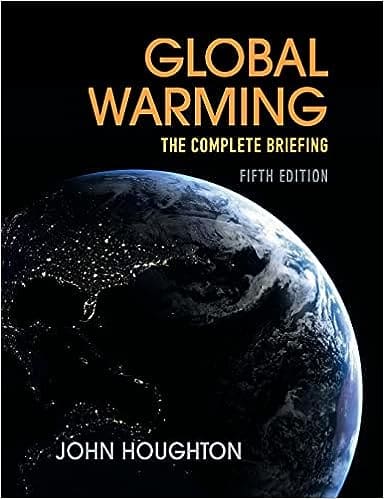Definition
Global Warming Potential (GWP) is a measure of how much heat a greenhouse gas traps in the atmosphere over a specific time period, compared to carbon dioxide.
Expanded Explanation
GWP calculates the total energy that a gas absorbs over a particular period (usually 100 years), taking into account the gas’s longevity. The calculation is relative to the same mass of carbon dioxide, which has a GWP defined as 1.
Importance
Understanding GWP is crucial for climate science and policy because it helps compare the impact of different greenhouse gases on global warming. It guides decisions about which emissions to prioritize reducing.
Context and Usage
GWP is used in environmental science, climate policy, and carbon footprint calculations. It helps determine the environmental impact of various activities and industries.
Examples
- Example 1: Methane has a GWP of 25 over 100 years, meaning it traps 25 times more heat than carbon dioxide over that period.
- Example 2: Hydrofluorocarbons (HFCs), used in air conditioners, can have a GWP of over 1000, making them a significant concern despite their lower emission volumes.
Understanding Global Warming Potential (GWP)
A common misconception is that GWP is the only factor to consider when addressing greenhouse gas emissions. While it’s important, the quantity of gas emitted and its lifespan in the atmosphere also matter.
Related Glossary Terms
- Greenhouse Gas: GWP is a method of comparing different greenhouse gases’ impacts.
- Carbon Footprint: GWP is used in calculating the carbon footprint of individuals, organizations, or activities.
Visual and Reading Aids
External Resources
Related Articles
- Best Carbon Footprint Test: Uncover Your Impact Now: Learn how GWP affects your carbon footprint
- Evaluating the Carbon Footprint Average: Insights and Implications: Understand how GWP values contribute to global carbon footprints

